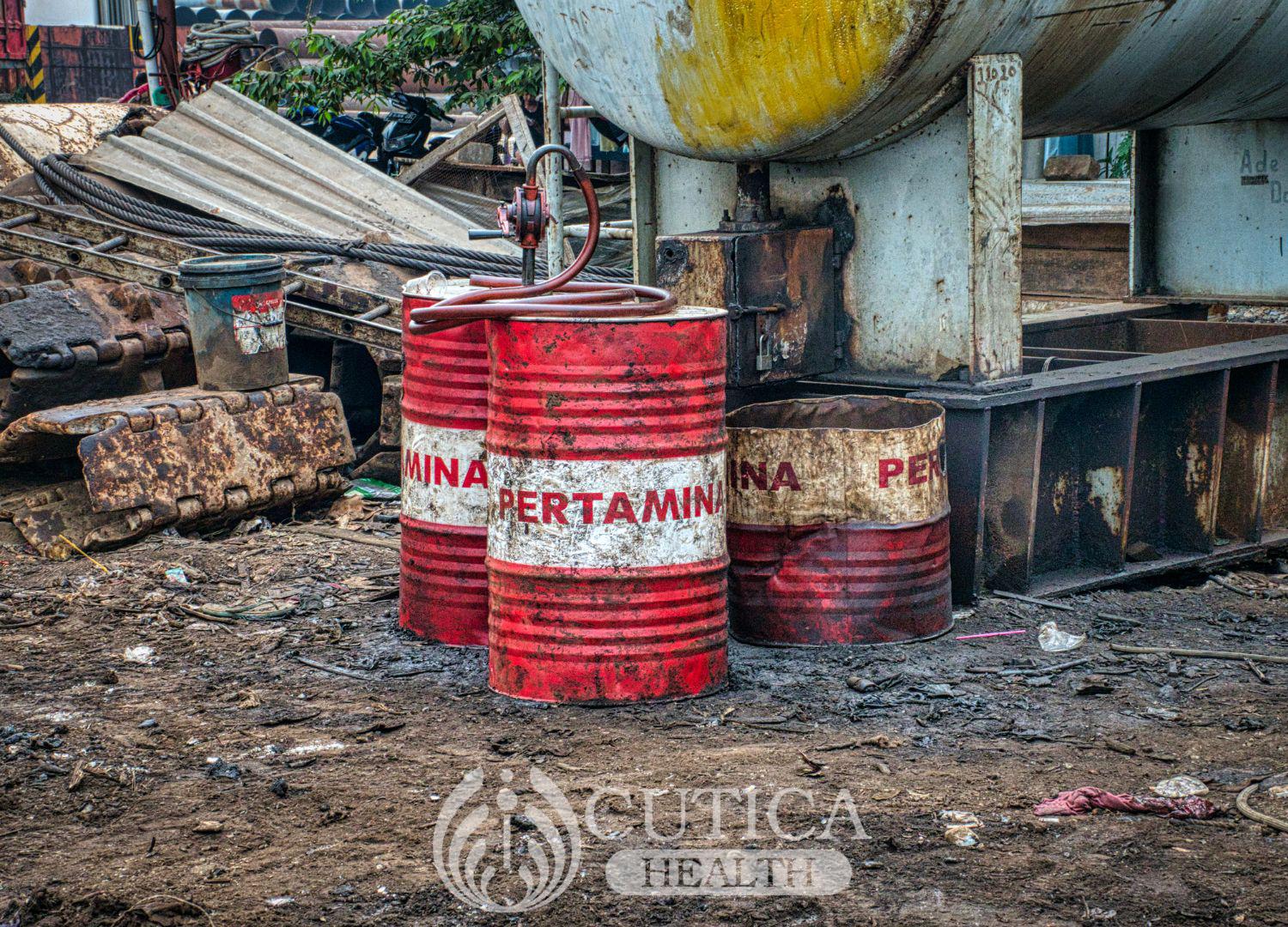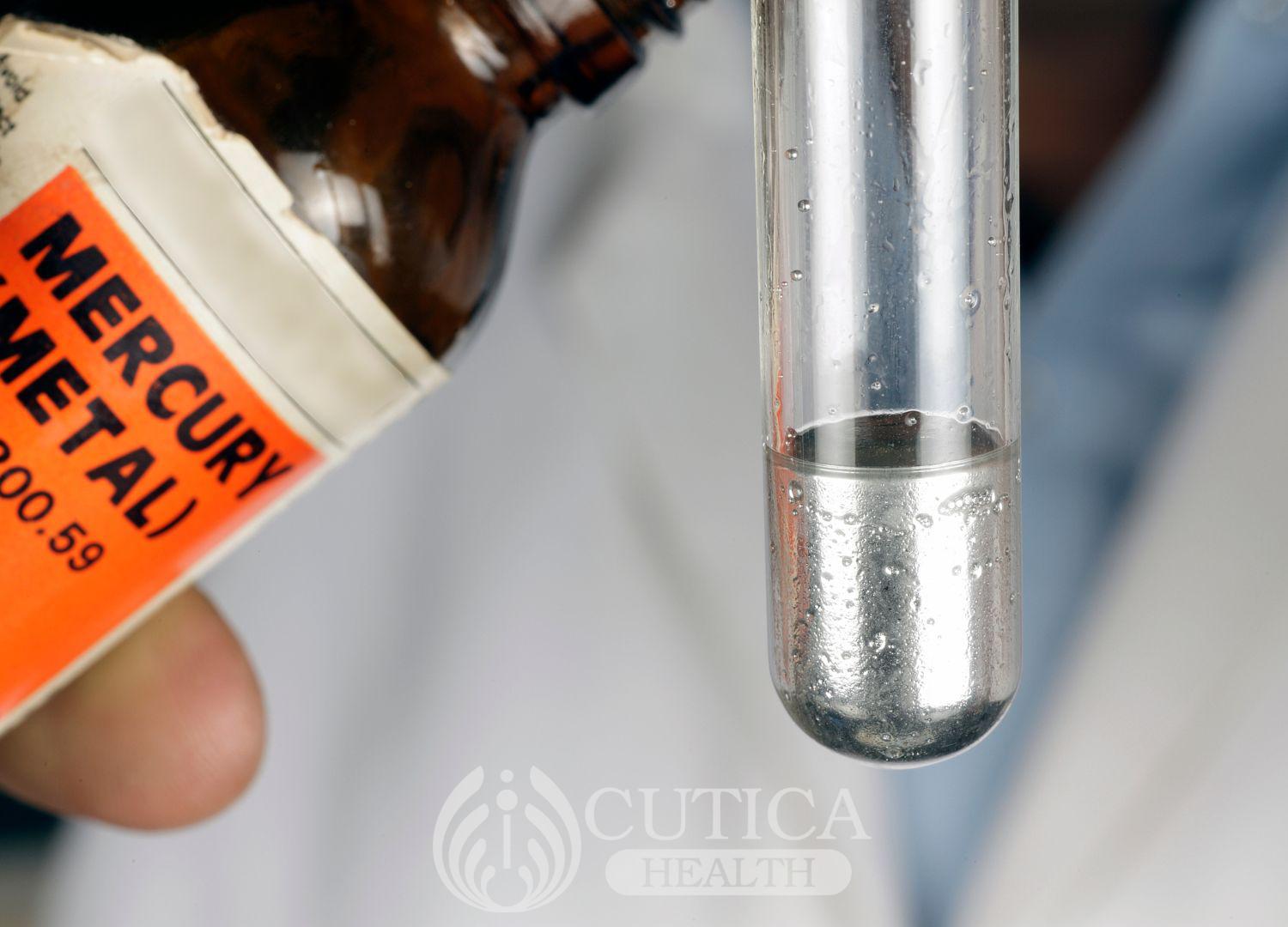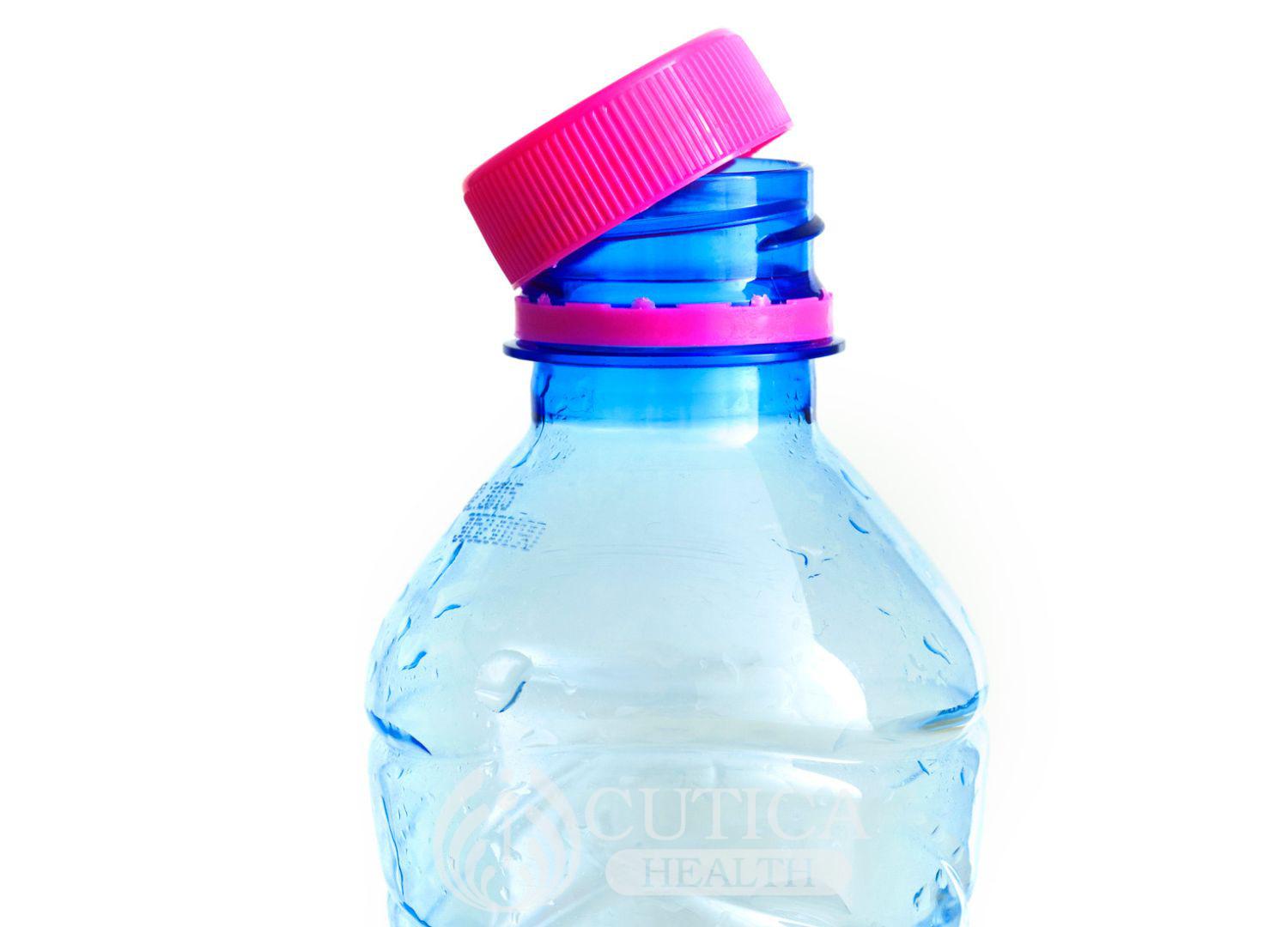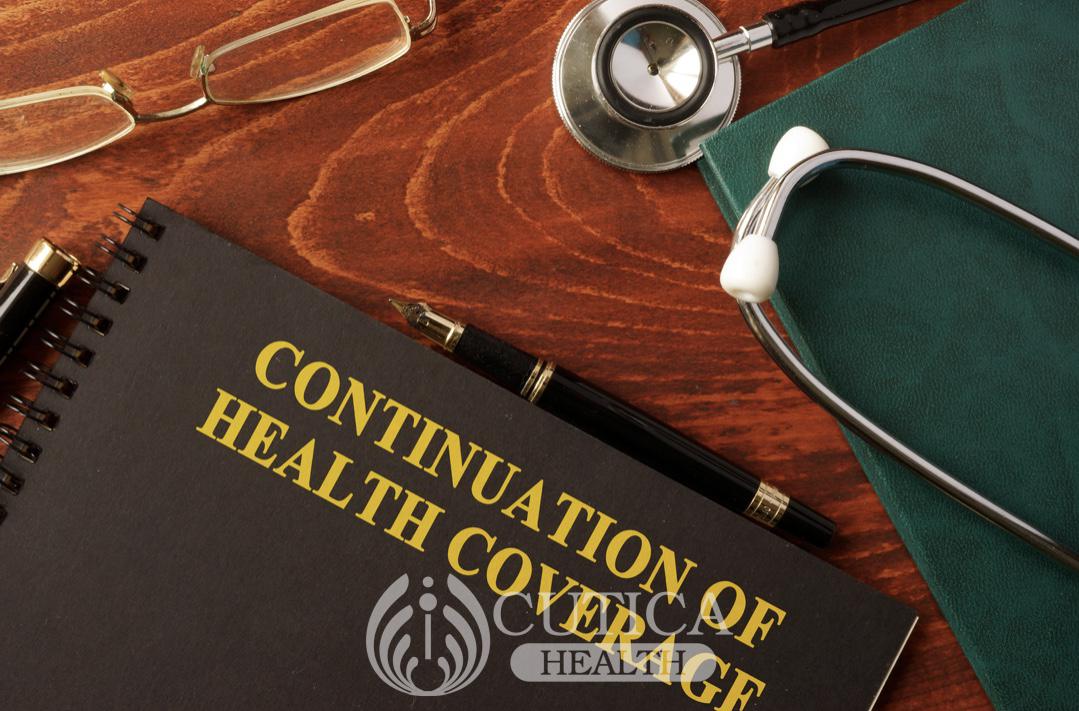
Every day we are exposed to a vast array of environmental substances that have the potential to harm our health. However, many of these toxins are often hidden and difficult to detect, making it challenging to avoid them. Below are some common toxic environmental substances you might not know about and what you can do to minimize exposure to them.
Lead
Lead is a toxic heavy metal that was commonly used in paint and gasoline in the past. It is still present in some older homes and is found in various household items such as pipes, ceramics, and cosmetics. Lead can damage the nerves and cause developmental delays, behavioral problems, and decreased cognitive function. Children are particularly vulnerable to the effects of lead, and exposure can lead to lifelong health problems.
Mercury
Mercury is another toxic heavy metal found in some seafood and dental fillings. Exposure to high levels of mercury can cause memory loss, tremors, and muscle weakness. Long-term mercury exposure can also lead to kidney damage. Pregnant women and children are particularly vulnerable to the effects of mercury. It is vital to limit your exposure to this substance. 
Phthalates
Phthalates are chemicals used to soften and increase the flexibility of plastic. They are found in various household items, such as toys, food packaging, and personal care products. Phthalates are hormone disruptors that can interfere with the normal development and function of the endocrine system. They have also been linked to various health problems, including decreased fertility, developmental delays, and behavioral problems.
PFCs
Perfluorinated chemicals (PFCs) are used in various products, including non-stick cookware, food packaging, and stain-resistant sprays. PFCs are persistent pollutants that can take decades to break down in the environment. They have been linked to various health problems, including cancer, thyroid disorders, and decreased fertility.
BPA
Bisphenol A (BPA) is a chemical used to make plastic and is found in many food and beverage containers. BPA is a hormone disruptor that can interfere with the normal development and function of the endocrine system. It has been linked to various health problems, including obesity, diabetes, and reproductive problems. 
The Importance of Minimizing Exposure to Toxic Environmental Substances
Minimizing exposure to these toxic environmental substances is essential to protect your health and your family's health. Here are some steps that you can take to reduce your exposure:
- Avoid food packaging that contains BPA and phthalates. Look for packaging that is labelled “BPA-free” or “phthalate-free.”
- Use stainless steel or cast-iron cookware instead of non-stick cookware that contains PFCs.
- Avoid using personal care products that contain phthalates. Look for products that are labeled “phthalate-free.”
- Limit your consumption of high-mercury seafood, such as swordfish and tuna.
- If you live in an older home, have your water tested for lead and replace any lead pipes.
In conclusion, toxic environmental substances are all around us and can profoundly impact our health. It is essential to be aware of the dangers and take steps to minimize our exposure to these substances. By making small changes in our daily routines, we can protect our health and the health of those we love.












